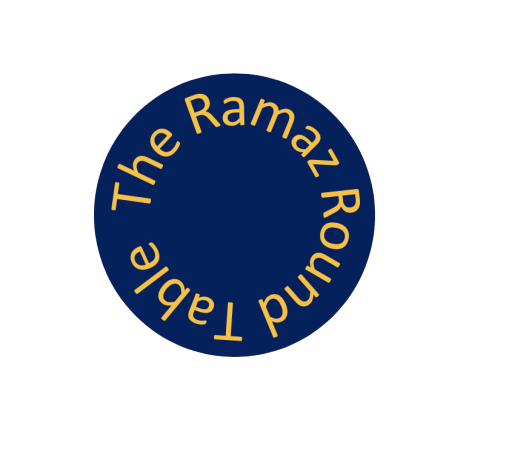A Hymn to Connect with Him: The Singing Minyan
Entering Ramaz as a freshman in September, I was unaware of the various davening options available to students. As far as I was concerned, students were allowed to daven either with their grade or in the Sephardic Minyan. In October of this year, however, I began to hear murmurs of something called “Singing Minyan,” a breakaway minyan that promises students a unique davening experience. Intrigued, I decided to investigate this musical minyan for myself.
“Singing Minyan” offers students the opportunity to kick-start their day on a positive and musical note. The minyan was created by Rabbi Yossi Weiser, who has taught at Ramaz for over three decades, and usually meets on Tuesday. Tucked away in room 601, Rabbi Weiser and the minyan’s participants can be heard loudly chanting Jewish and Israeli tunes. Moments of silent recitation (like Shemona Esrei) are replaced with singing and, often times, dancing.
In the five minutes before the minyan began at 8 o’clock, students began pouring into room 601. Israeli music played loudly in the background, enlivening the tired students and preparing them for the upcoming prayers. At 8 o’clock, the lights were turned off and a live stream video of the Kotel was put on the smartboard. Rabbi Wieser is known for adding live stream videos to enhance the davening experience. William Kremer ’21, a regular attendee of the “Singing Minyan,” noted that “the purpose [of the Kotel live stream] is to help the students connect with Israel and Hashem.”
About halfway into the davening, Rabbi Weiser stops the minyan to speak briefly. The Rabbi will typically use this time to discuss the parsha, explain a portion of tefila, or tell an inspirational story. During Shema, popular tunes by Yehuda Green and Shlomo Carlebach play as background music amidst the singing of the students. Rabbi Weiser believes that the background music uplifts the students and allows them to connect with Hashem. Music continues to play into the Amidah, with students reciting the eighteen brachot to tune of the “Barditcher Niggun.” “Some might find it a bit distracting to daven with music, but I think it sets the mood for the Amida,” said Kremer.
Rabbi Weiser noted that the “Singing Minyan” was born out of a personal desire to make students more enthusiastic about Tefillah. “Davening can, unfortunately, be a negative experience for kids many these days,” Rabbi Weiser, “The goal of this minyan is to make davening a lively and meaningful experience through song.” Students seemed to share Rabbi Weiser’s belief in the spiritual power of song. One student, Adam Vasserman ’21, noted, “The singing adds to my spirituality and allows me to zone into Tefillah more than I usually do.” Some students, however, were not satisfied with the minyan. One anonymous student said that he attended “Singing Minyan” once with the assumption that it ended earlier. He ceased going after realizing that it finished later than the other minyanim.
Even though the minyan excludes certain prayers due to a lack of time, Rabbi Weiser maintains that “Singing Minyan” is 100% halachically kosher. “Davening is about spirit,” said Rabbi Weiser, “Davening demands kavanah, and that’s what the students here have.” Indeed, in keeping to the minyan’s commitment to focused prayer, Rabbi Weiser enforces a strict punctuality rule. Students must arrive by 8:02 am. This is not an empty threat. Throughout my time in “Singing Minyan,” students kept trying to enter despite being late. However, they were turned away. Rabbi Weiser eventually drew down the shades and locked the door, much to the dismay of students hoping to attend. The minyan also has a capacity limit of 45 congregants. While some might see this as a bad thing, Rabbi Weiser actually enjoys the size restrictions. “Sometimes when things get too big they lose their luster,” said Rabbi Weiser, “The small venue makes the experience more intimate and spiritual.”
In an age where enthusiasm for davening seems to be at an all time low among Modern Orthodox Jewish teenagers, “Singing Minyan” acts a beacon of hope. It was clear that everyone who attended the minyan was there because they wanted to be there and not because they had to be there. By allowing students to connect with Hashem, even if only for forty minutes, Rabbi Weiser has accomplished something spectacular. In his words, “Even if one boy or girl has a moment of reflection or spiritual experience, then it was all worth it.”

Samantha is a passionate journalist and loves writing for The Rampage because it is a window into the life of the student body that honestly reports true...




